Portage Community Garden is Growing Together
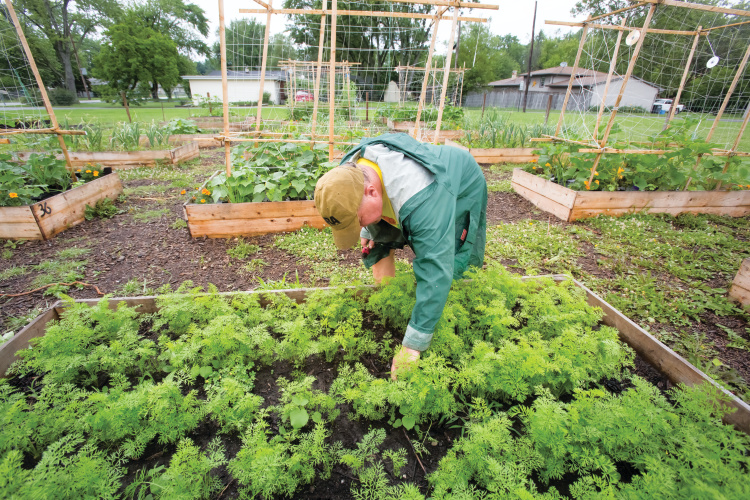
Five years ago, Eric and Beth Forbes planted an idea. They wanted to transform a vacant lot in Portage into a small community garden. They envisioned a place where volunteers would plant, tend and harvest vegetables for those who don’t have access to fresh produce. What they didn’t envision was how their small idea would take root.
What started with 12 4-by-8-foot raised beds planted with vegetables blossomed into 2.5 acres of beautiful beds, rows of colorful crops, a butterfly garden and a small orchard. Today, the Portage Community Garden boasts piles of peppers, tons of tomatoes and baskets of blackberries.
And the garden’s volunteers deliver that bounty to area food banks, homeless shelters and people in need throughout northwest Indiana.
“Once a week throughout the season, we know we can expect an exceptional variety of produce from the Portage garden,” says Caroline Shook, executive director of Housing Opportunities, an organization that provides housing and support services for area residents. “Fresh fruits and vegetables are luxuries for many of the families who use our food pantry. I can’t tell you how excited they are when they see the variety. The Portage garden volunteers are phenomenal partners.”
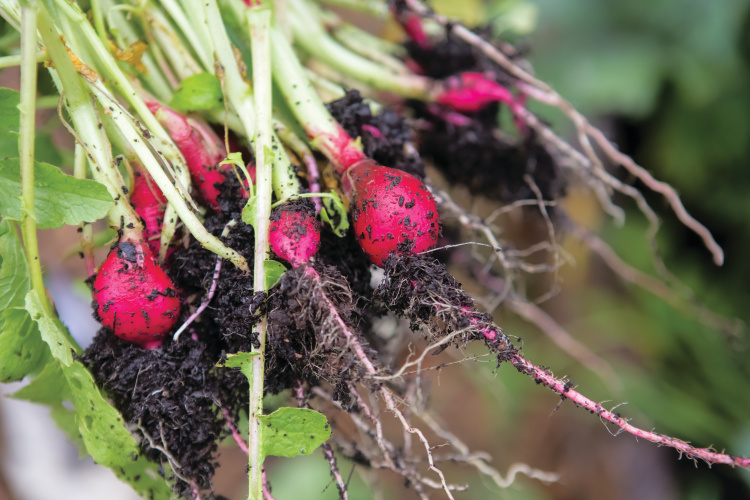
Planting Progress
The success of the garden begins long before the seeds are planted, says Eric Forbes. “Before the growing season, the community garden’s manager brainstorms what will be planted,” he says. “We make choices based on the nutritional value of the items, how easy they are to grow and what gives us the most bang for our buck, yield-wise.”
Those yields have been plentiful, with nearly 15,000 pounds of fresh, organic vegetables harvested since 2011. The recent addition of an apple and pear orchard and more blackberry, strawberry and blueberry plantings means even more donations for those in need.
“There are many rewards to being a part of a community garden project, whether that’s in Portage or in one of the many other such gardens across the state,” says Phil Graham, former president of the garden’s board of directors. “We’re proud to be able to help so many people get access to fresh produce. There’s a lot of satisfaction that comes with that as well as with the work itself of planting, growing and harvesting. And then there’s the feeling of community pride that you get when volunteers come together to make this happen.”
The Portage garden has two dozen or so volunteers who help when they can, usually on Tuesdays, Thursdays and Saturdays.
“You meet a lot of great people when you’re working together on a project like this,” Forbes says. “In addition to our main group of volunteers, we also have service groups and students who come in to help and learn about food by actually growing it. The garden provides a great opportunity to educate everyone.”
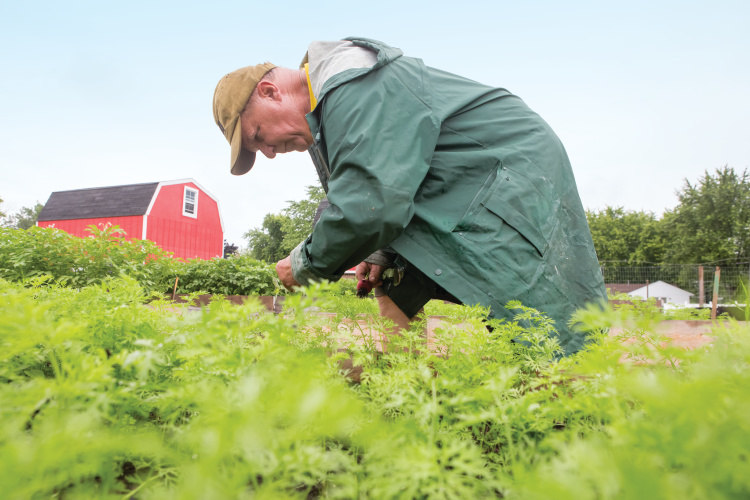
Common Ground
The Portage garden, like many other Indiana community gardens, offers additional benefits. For instance, area residents who want to grow their own food but don’t have space can rent a raised bed in the garden for a small fee. They plant, tend and harvest it and, if they choose, donate their surplus.
Such gardens also add activity, energy and beauty to their neighborhoods. Vacant lots become community gathering spots where people work together and ideas for improvement and expansion bloom. Residents see the need for a shed, a well or an electricity hook up, and they roll up their sleeves and get to work. They picture ways to produce more in less space and then create raised beds that allow for double planting. They collaborate on how to control weeds, raise yields, raise funds and have fun. According to Graham, in Portage, they’ve done all that and more.
A butterfly garden now graces the space through the efforts of Beth Forbes and the Indiana Master Gardeners. Designed in the shape of a butterfly, the garden includes shrubbery, flowers and even small fruits.
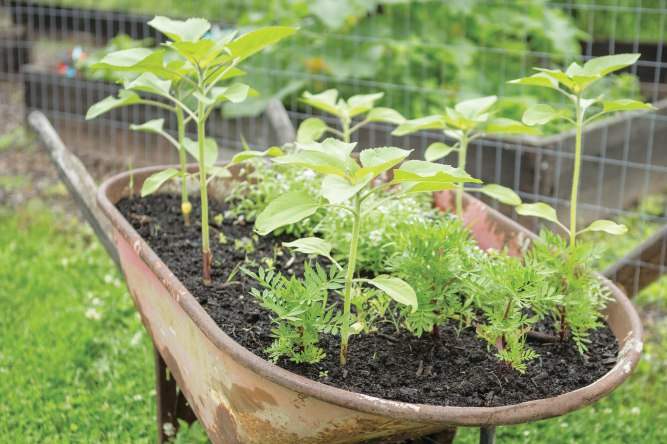
“It’s a beautification project that enhances the garden in many ways,” Graham says. “We’re lucky to have the talents and support of master gardeners on projects like this.”
But, he says, you don’t have to have a green thumb to be a part of a community garden. “You just have to be interested in learning to garden. It also helps if you enjoy getting outside and getting your hands dirty. Community gardening is about growing, learning and making a difference.”





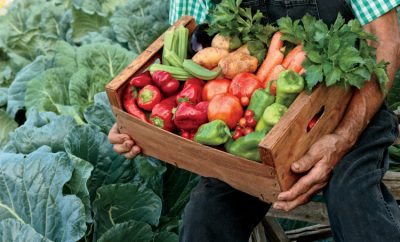
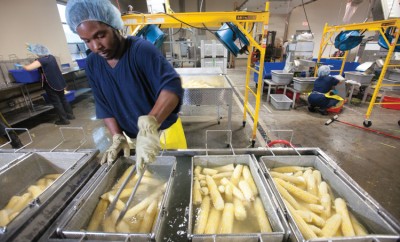






 My Indiana Home is produced for Indiana Farm Bureau members. Our mission is to connect you with the food you eat, the Indiana farmers who grow it and a rural lifestyle that is uniquely Hoosier.
My Indiana Home is produced for Indiana Farm Bureau members. Our mission is to connect you with the food you eat, the Indiana farmers who grow it and a rural lifestyle that is uniquely Hoosier.
Sandra Matzke
April 29, 2019 at 11:26 pm
Can elementary age children volunteer? As a grandmother I would like to volunteer and bring them as well.